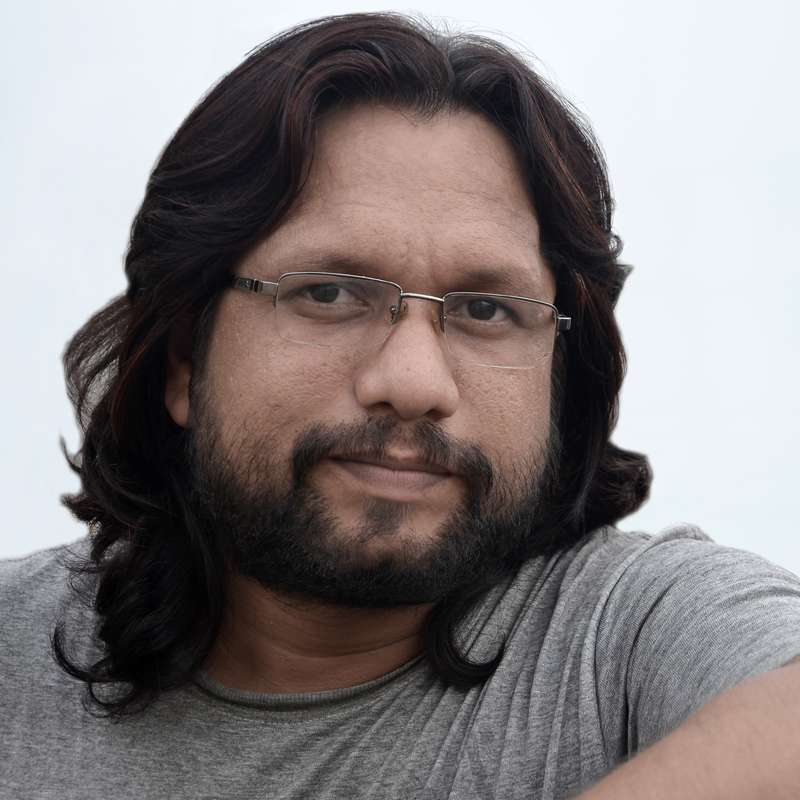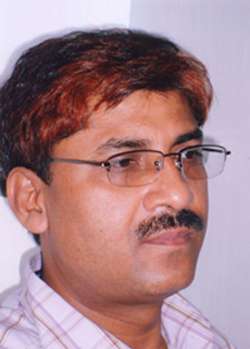
Mughal Empire disintegrated into pieces by the mid of 18th century. This resulted in a steep decline in demand for Mughal and Rajput styles of paintings. These circumstances scattered the painters who were enjoying the patronage of the royal courts across length and breadth of the country. They took shelter in the areas of Tanjore, Lucknow, Patna, Murshidabad, Nepal and the Punjab Hills.
At the same time, India also witnessed the influx of some European painters like J. Zoffany, Tilly Kettle, T. Daniell, W. Daniell. These artists are responsible for introducing romanticism in Indian landscape via the medium of oil paintings. With the fusion of eastern and western styles, there evolved a unique school of thought in India.
What happened to Indian art in the Victorian Era?
Under the British Empire, the voice of Indians and their basic rights were suppressed. Because of this biasness, original Indian art made by indigenous artisans was completely ignored. Whatever was left of this glorious art was exploited and manipulated by the British in such a way that its identity got lost. The colonial vision was to transform Indian art so that it looked archaic and traditional but technically it was modern.
India’s First Art Society
India’s first art society known as Indian Art Society was established in Calcutta in 1854 by Rajendralal Mitra, Justice Pratt, Jatindra Mohan Tagore. This society, after a year, became Calcutta Government College of Art. This was followed by founding two more art schools in India, namely, the Bombay Government Art College and the Madras Government College of Arts & Crafts.
They introduced fine arts into the mainstream of Indian art. But, it only thought about European tastes vis-a-vis themes, mediums, landscape, the treatment of light and shades in paintings- chiaroscuro, thought process etc. The treatment which Indian art was getting was not welcomed by Indian art visionaries.
Influence of British Art School on Ravi Varma
The British School of Art managed to inspire many young and budding Indian painters. Raja Ravi Varma became the first to attain mastery in the technique of making a painting with oil-based colors. Gradually, he mastered the art of realism by meeting European artists present at the court of Maharaja of Travancore.
Fusion-Intuition
He fused oil on canvas technique with Indian themes by mixing the intricate patterns of Tanjore School of glass painting with his academic training at the hands of the British. He took India to a time travel journey of feudal themes.
He is known to have strived hard to give great and myriad new themes into the painting style of India. He introduced perspective, European drawing, oil colours, new tools, composition etc. in the Indian context. What he painted could not be categorized as European contemporary paintings. It was a beautiful amalgamation of eating and the west.
Absorption of Modernism in Indian Art: The Bengal School of Art
Extensive infusion of western school of thought into Indian art sensitized many Indian artists. Through their observations, they came to the conclusion that re-birth and promotion of Indian traditional art styles could breathe life into dying ancient styles. Western academic art education sowed the seeds of movement which guided the glorification of modern paintings. It created a paradox because the western school of thought was against the growth of Indian consciousness in paintings.
A time had come when we could say that growing wave of eastern thought and culture was making a mark on westerners. As a result, E.B. Havell with Abindranath Tagore started a struggle to revive the much ignored rich cultural heritage of India.
E.B. Havell: The Defender of Indian Art
According to an eminent art historian, “Havell was deeply anguished over the decay and degeneration of Indian art and artistic taste.” He was appointed at the Calcutta Government College of Art as the Principal. By this time, he was deeply inspired by the exotic Indian culture and folklores. He held the view that there is a need to revisit the past traditions of India and capture their glory. His romanticism towards the Indian style of paintings was the key to rediscover the path going to ethics of ancient Indian traditions in relation to contemporary paintings.
Another Piece of Mosaic: Abindranath Tagore
In another laudable move by Havell, he invited Abindranath Tagore to take the place of vice-principal at the school to which later readily agreed. He started studying the Moghul and Rajput styles of paintings and realized that by merely exploring Indian paintings styles through the prism of European styles won’t yield desired recognition and fame to Indian arts. His face-off with these long lost styles substantially changed the way he used to look at art.
Foundation of Bengal School of Art
Abindranath Tagore was the herald of the dawn of Modern Indian Art. He became a voice which promoted an indigenous ethos in art. He was the founding father of movement by the name of Bengal School of Art. Eventually, he left his academic training and rejected techniques of western Renaissance as applied in India. He helped in creating a new definition of modernism and contemporary Indian style.
Contemporary Paintings of India have travelled a large distance since the times of Raja Ravi Varma, Abindranath Tagore and Amrita Sher-Gil. They followed a pattern like this. Most of the artists painted incorporating the modern representational or figurative styles like impressionism, expressionism and post-expressionism. Through refinement by the introduction of abstractionism, especially cubism, and various elimination and simplifications, the artists found in their art a tinge of partial and later on, complete abstraction.
The Bengal School of the art managed to clear differences of individual artists by giving the world of Indian painters a legacy of Abindranath Tagore, Venkatapa and Nandalal with their use of strong borders and outlines mixed with flat colors.
Indian Art Ideas cherishes and celebrates the efforts of modern Indian painters in reviving and reincarnating the lost glory of our tradition and culture by introducing and bringing it to the mainstream. This would not have been possible without their vehement endeavours. Now, the whole world is acknowledging the might of ancient Indian artworks.





















